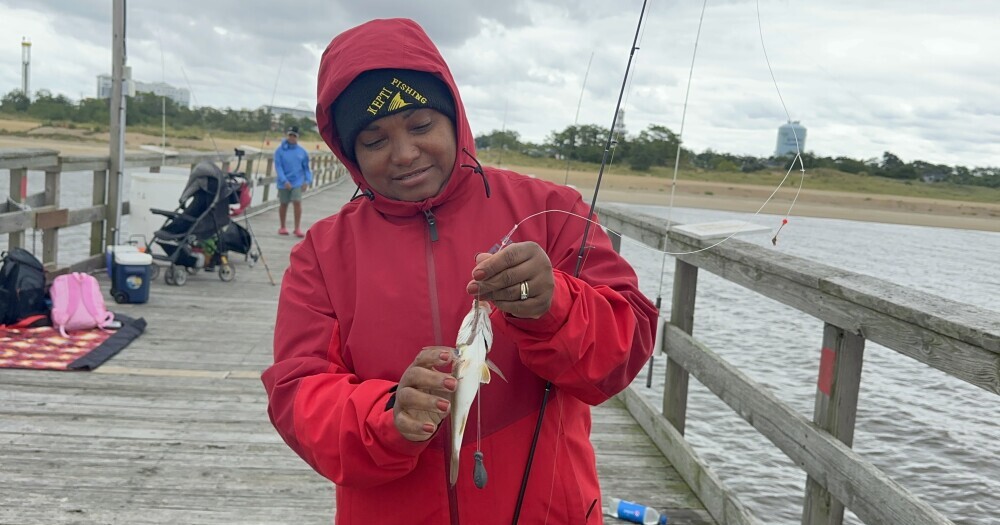
As summer transitions into fall, anglers eagerly anticipate the changing conditions and opportunities that come with the new season. In preparation for the upcoming saltwater fishing season of 2024, it’s important for fishermen to have a clear understanding of what they can expect on the water. From shifting migratory patterns to fluctuations in water temperature, there are many variables at play that can impact fishing success. By taking a compassionate approach to forecasting the fall saltwater fishing season, we aim to provide anglers with valuable insights and guidance as they embark on their next angling adventure. Join us as we explore what lies ahead and help you make the most of your time on the open sea.
Understanding Migratory Patterns: Key Species to Target
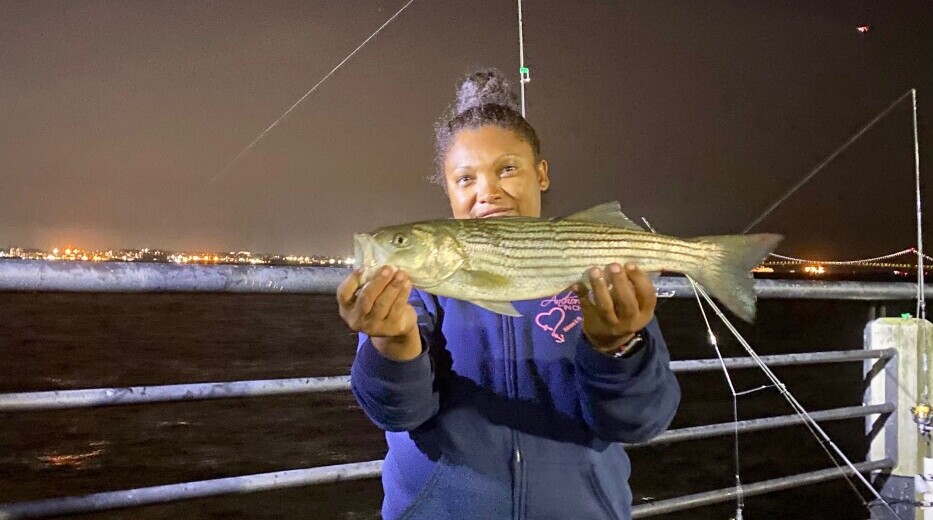
- Striped Bass: In the fall, Striped Bass migrate south along the East Coast, seeking warmer waters before heading into their wintering grounds. Anglers should focus on areas with strong currents and structure, such as bridges and rocky shorelines, where these prized fish are known to congregate.
- Bluefish: Bluefish also follow a similar migratory pattern in the fall, moving south in search of abundant food sources. Look for schools of Bluefish around bait-rich areas like estuaries and jetties, where they can be targeted using fast-moving lures or live bait presentations.
- Red Drum: Red Drum exhibit a more localized migration during the fall months, often congregating near marshes and oyster beds as they feed voraciously before winter sets in. Anglers targeting Red Drum should focus on shallow waters with ample submerged vegetation for optimal success.
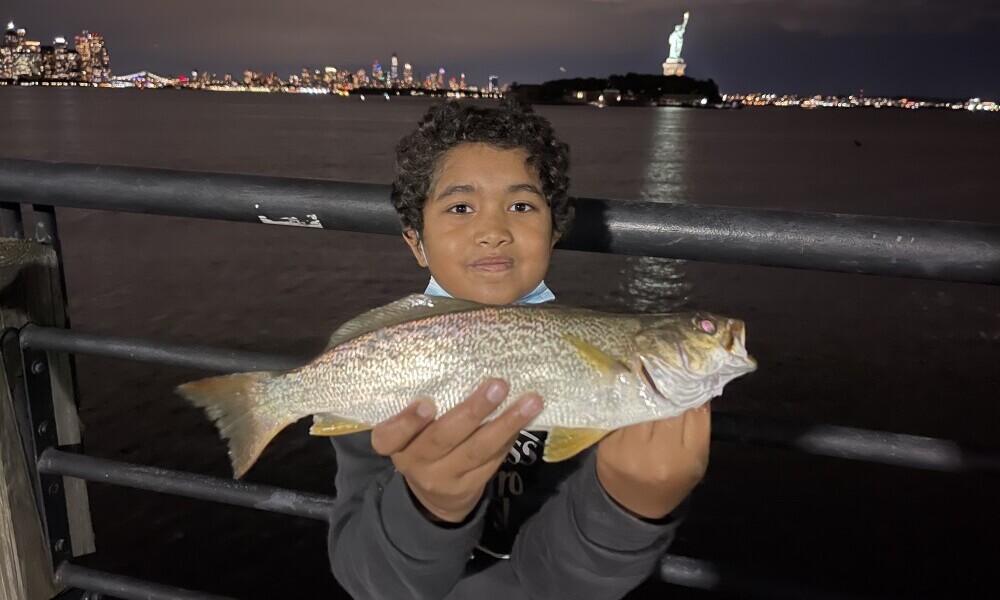
Impact of Water Temperature on Fish Behavior
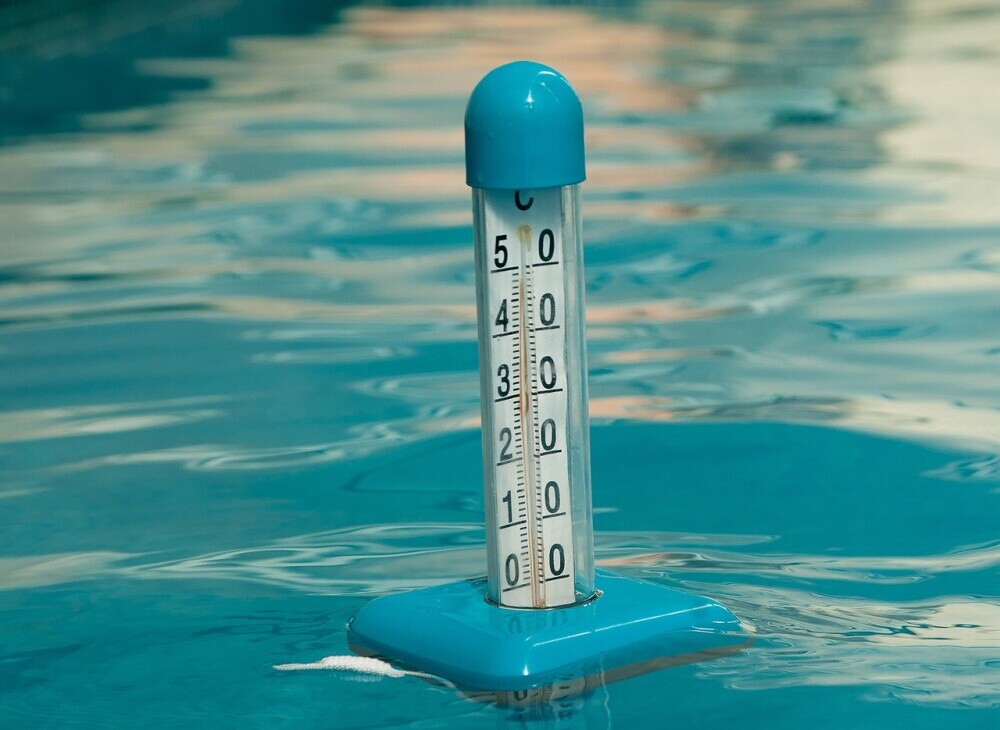
- Temperature plays a crucial role in influencing the behavior of fish during the fall saltwater fishing season.
- Warmer waters tend to lead to increased metabolic rates in fish, making them more active and likely to feed.
- Conversely, colder temperatures can cause fish to become lethargic and seek out warmer pockets of water.
Understanding these temperature dynamics can help anglers strategize their approach for optimal success during this fishing season. By monitoring water temperatures and adjusting their techniques accordingly, anglers can increase their chances of catching more fish. It is essential to adapt to changing conditions and be mindful of how temperature fluctuations can impact the behavior of different species.
Tips for Adjusting Techniques in Changing Conditions
Adjusting Techniques in Changing Conditions
- Stay Flexible: Be prepared to adapt your fishing techniques based on the changing conditions you encounter. What worked yesterday may not work today, so be willing to switch things up if needed.
- Pay Attention to Weather: Keep an eye on the weather forecast and adjust your fishing strategy accordingly. Wind, rain, and temperature can all impact fish behavior, so being aware of these factors can help you make better decisions on where and how to fish.
- Experiment with Different Lures: If your go-to lure isn’t producing results, don’t be afraid to try something new. Fish can be finicky depending on the conditions, so having a variety of lures in your tackle box can increase your chances of success.
Hot Spots: Where to Find the Best Fishing
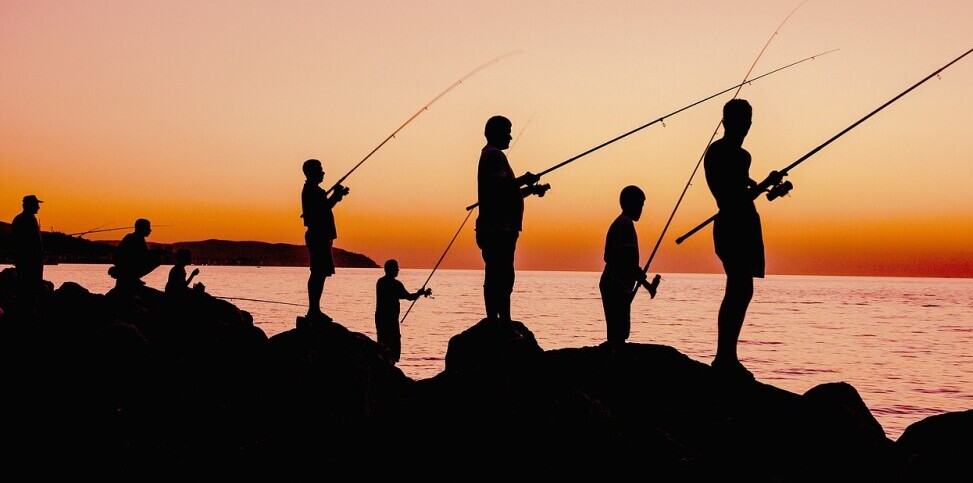
Hot Spots for Fall 2024 Fishing
- Look out for feeding frenzies near rocky shorelines.
- Target areas with strong
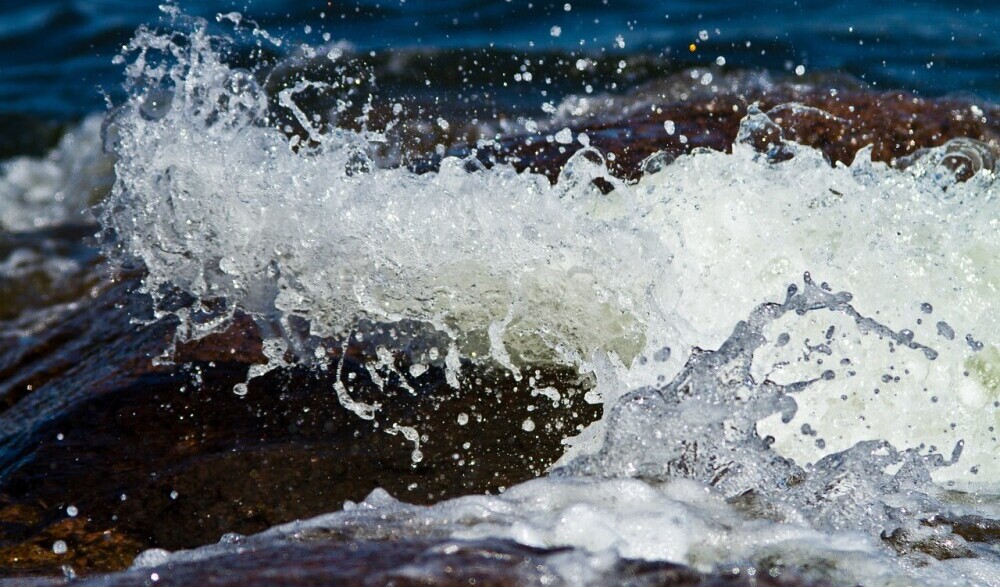 for active fish.
for active fish. - Check out shallow flats during low tide for cruising redfish.
Key Tips for Success
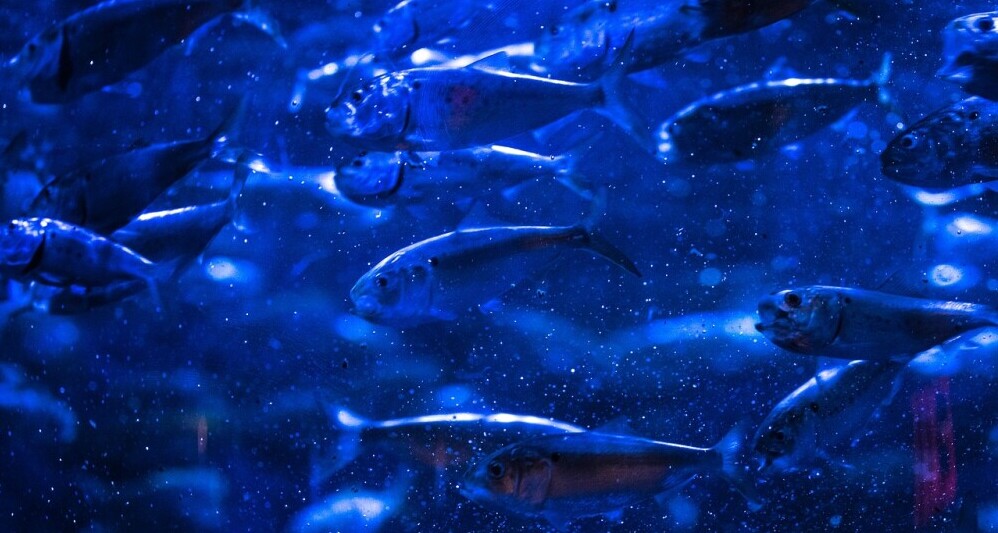
- Use live bait like shrimp or mullet to entice bites.
- Opt for lures that mimic local baitfish to attract predatory species.
- Stay flexible and move around if you’re not getting bites in one spot.
In the fall of 2024, anglers can expect an abundance of opportunities along the coast. By focusing on these hot spots and following key tips, you’ll maximize your chances of landing a memorable catch.
Conservation Considerations for a Sustainable Season
- Catch and Release: Consider releasing some of your catches to ensure the population of fish remains sustainable for years to come.
- Mindful Handling: Handle fish with care to minimize stress and injury, increasing their chances of survival after release.
- Responsible Disposal: Dispose of any trash or fishing gear properly to protect marine life from harm.
Meet The Author
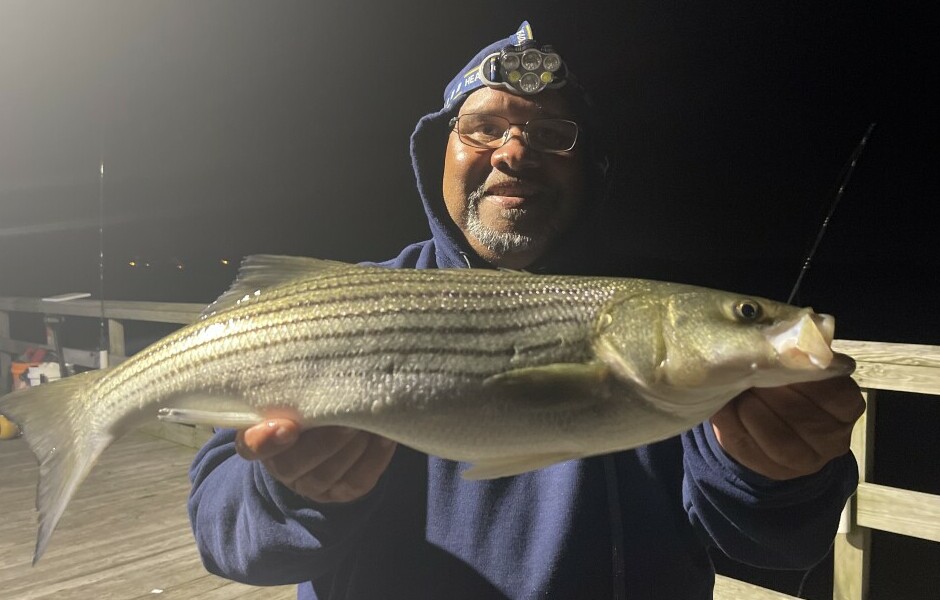
Meet Keith, a passionate angler and the author of the popular fishing blog, “Anglers Hub.” Keith grew up in a NYC where fishing is way of life. As he got older, Keith’s love for fishing only grew stronger, and he decided to share his knowledge and experiences with his children and others through his blog. He is now a Premium Member of Wealthy Affiliates a wonderful organization that helps aspire people from all walks of life take hold of their lives and move towards being independent in all walks of life. His son Pedro is a brand ambassador for Tsunami Tackle one of the top brands in fishing.
In this article, you may come across affiliate links, which are links that lead to products or services that are being promoted. These links are specially formatted so that when a reader clicks on them and makes a purchase, the author of the article may receive a commission from the company that sells the product or service. It’s important to note that the use of affiliate links doesn’t affect the price you pay for the product or service. Instead, it’s a way for the author to earn a small percentage of the sale, which helps them to continue creating valuable content. Rest assured that any products or services recommended in this article have been carefully selected and are only included because the author believes they will be of value to the reader.